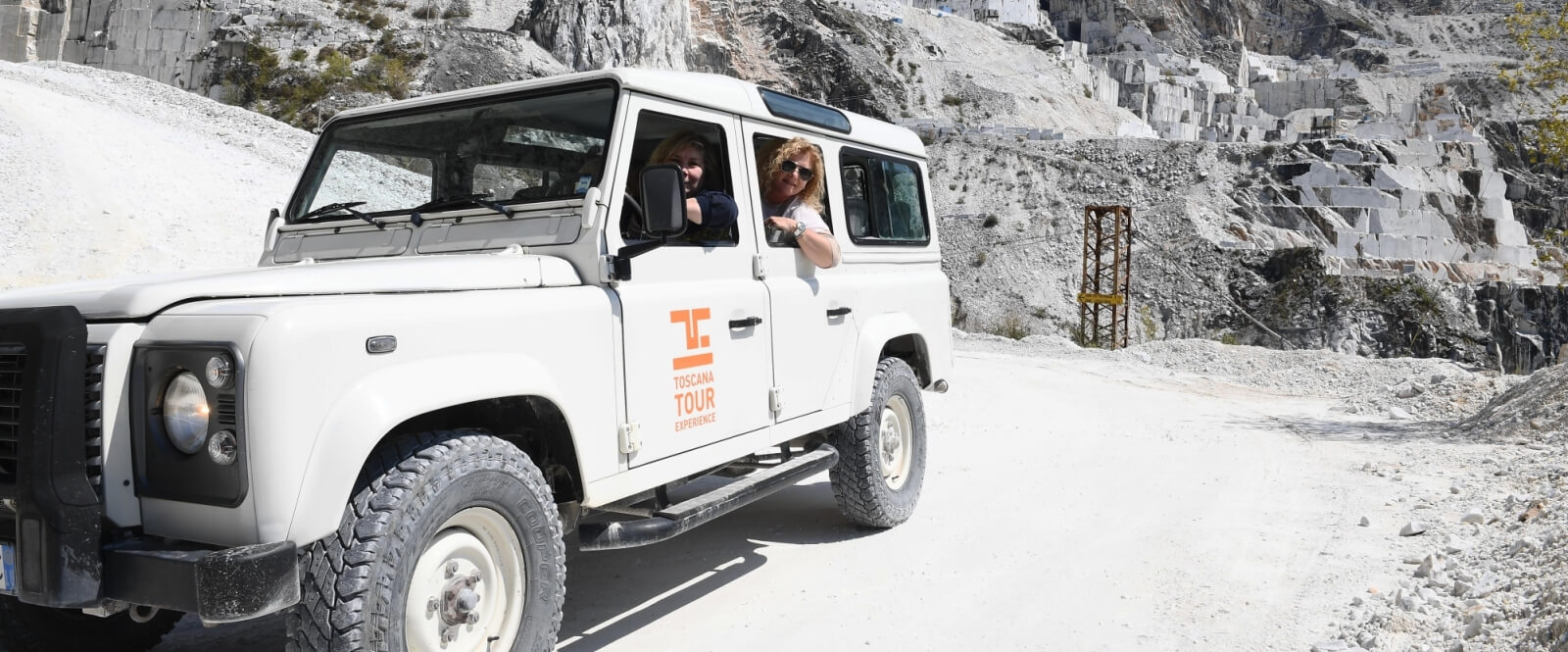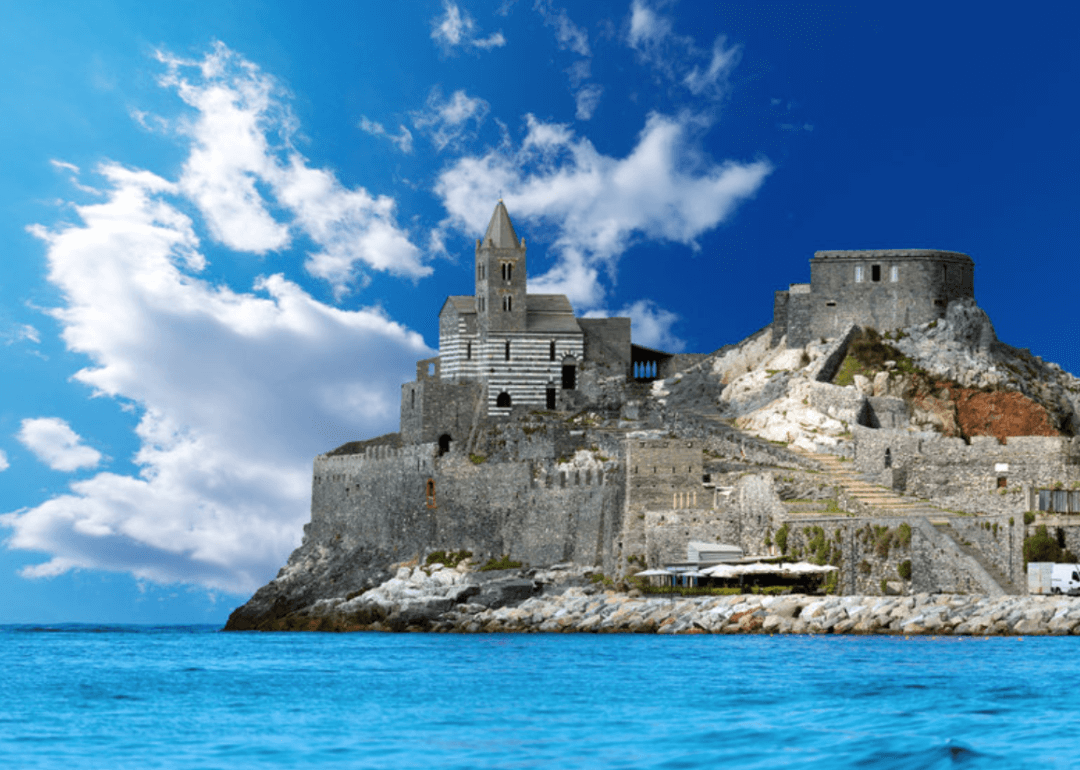Via Bottaccio, 1 – 54038 Montignoso (MS) Toscana
Carrara Marble Quarries
Carrara Marble Quarries
When driving along the west coast of Tuscany just north of Pisa, you will see jagged Alps rising steeply from the narrow strip of land, glistening majestically. These are the Alpi Apuane, or Apuan Alps, mountains that gleam as though cloaked with snow all year round.
But the pristine white is not snow, it is the marble of the bare quarried faces of the mountains – the snow the gods made eternal. The effect is so surreal it would not be out of place in a mural in an Indian restaurant, but this breath taking view belies a multi-million euro a year industry and the source of some of the most famous sculptures in the world – including Michelangelo’s Pietà and David.
The marble quarries of Carrara are situated in the valleys of Torano, Miseglia, Bedisano and Colonnata, where both white and coloured marbles are found: the amount of marble is staggering. From raw cut blocks waiting for export, rows of flawless reproductions of Michelangelo’s David, to the marble-clad center of Carrara, it is clear that marble is the main protagonist of this area.
Driving further up into the mountains around hairpin turns through the lush green forest does nothing to prepare you for the number and scale of the marble quarries that were first opened up by the Romans more than 2000 years ago.
ANCIENT ROOTS
Written records dated to 177 BC describe Romans who were sent to the colony of Luni with a full complement of slaves to extract the marble and ship it back to Rome for use in palaces and monuments – all engraved with A.U.PH. (ad usum phori – for use in the Forums) to avoid taxes. It was the white marble of Carrara that converted Rome from a city of brick huts to one of marble palaces. The Renaissance was boom time for Carrara. Marble was de rigueur in Florence, Venice and Rome, and there was plenty of money being invested in art.
Michelangelo travelled to the Alpi Apuane to choose his marble, and eventually to open up rival quarries to those of Carrara for his patrons the Medici. Michelangelo worked in the Serra gorge, favouring the whitest, most finely veined marble and he dreamed of carving the figure of a giant out of 5000 ft Monte Sagro. By the 14th century, mining methods had not changed much from the times of the Romans. Stonecutters climbed for miles up the vertiginous peaks in squads to drill holes in the rock into which they drove wooden stakes. They then wet the wood, which expanded and split off huge blocks of marble.
FAT OF THE LAND
As you might imagine from the name, lardo is pure pork fat. However, it is not just any old bacon – it is pork back fat, cut into strips and laid into chests of marble called conche with sea salt, garlic, black pepper, and a mix of other spices, including sage, rosemary, cinnamon, cloves and coriander. The combination of spices varies between the producers, or larderie, who guard their recipes jealously. The lard is then aged in the conche for six to ten months.
GUIDED TOURS
Half day with private car and pick up from Il Bottaccio approx 3h.
For informations please write to bottaccio@bottaccio.com.
Would you like to book this experience or request information?
Fill in the form below and we will respond to your request as soon as possible.
Stay in touch
Need more information? Write us at: bottaccio@bottaccio.com
or call on +39 0585 340031





